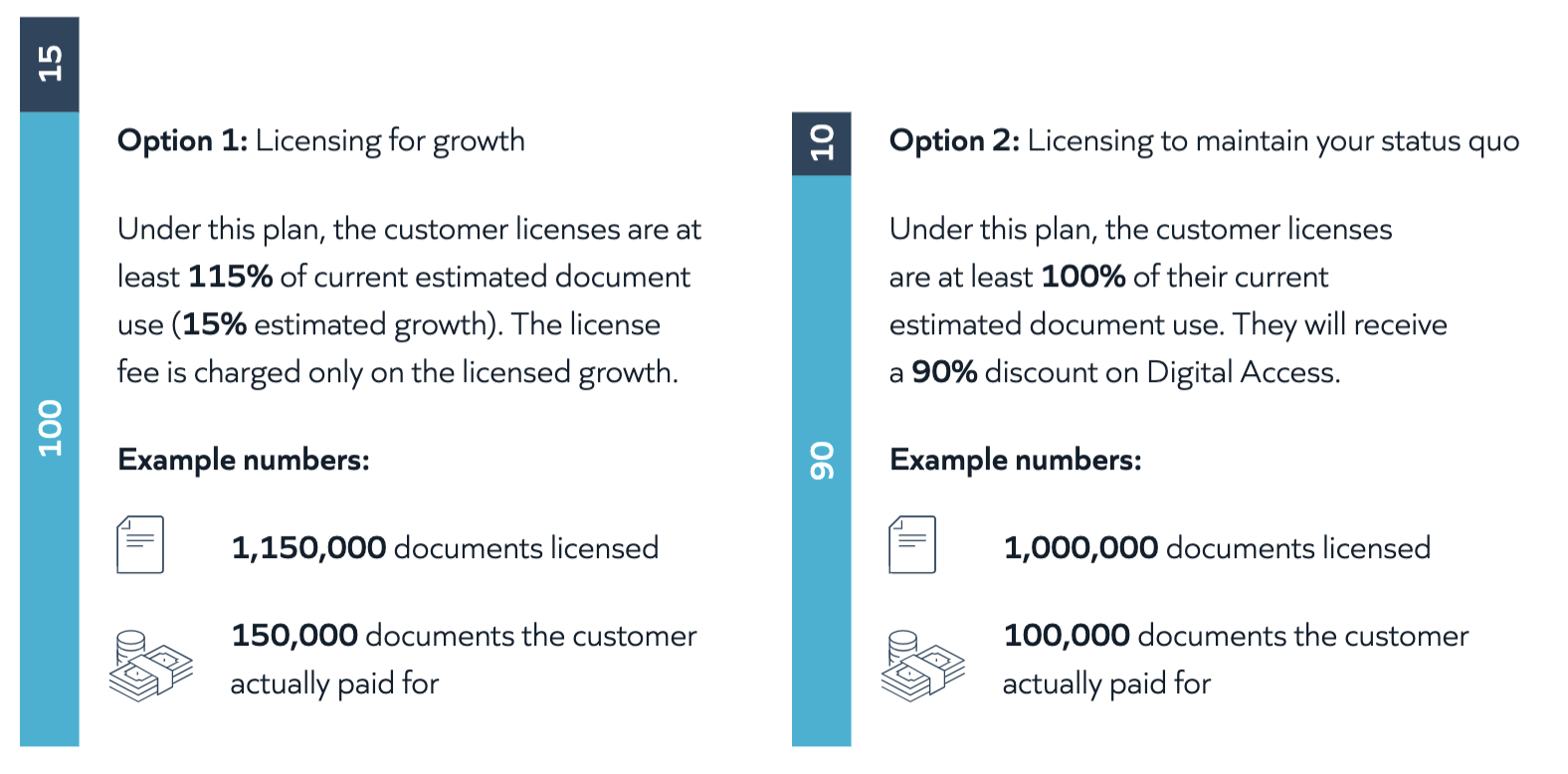89% of SAP Customers Still Need to Recognize SAP® Indirect/Digital Access as a Priority

When we talk about SAP Indirect/Digital Access, we’re referring to the use of SAP software via connected third-party applications. With digital transformation initiatives and S/4HANA migrations driving increased non-SAP integrations, users should not ignore the likelihood and impact of indirect access licensing risks.
The risks of slow adoption and improper sizing
In a recent report based on SAP reported data, Gartner® calculated that “around 11% of SAP’s 35,000 ERP customers have adopted Digital Access”.1 Four years after SAP introduced the Digital Access adoption program, the majority of customers, the remaining 89%, are still covered by the legacy Named User metric, terms and conditions. This majority will need to determine whether Digital Access is the best choice for their business.
Additionally, the report states that “almost 70% of SAP customers are buying Digital Access licenses without proper sizing. Customers who fail to size license volumes before buying, risk future true-ups 24 times greater than the original purchase cost.”2 Gartner also finds that, “customers in the retail, manufacturing and financial services sectors are particularly at risk of excessive digital access licensing costs with average document counts significantly higher than in other industry sectors.”3
Choosing a cost-effective model
Make the most of your existing SAP investment by adopting the most cost-effective licensing model for your indirect access requirements, now and in the future. SAP customers planning their migration to S/4HANA should consider their indirect access licensing requirements as a key part of this transition.
Under the Digital Access Adoption Program (DAAP), you can either license for growth or maintain your status quo. Either way, you should ensure sizing is correct now, because the discounts only apply to your first purchase.

How should customers size their indirect access requirements?
Gartner suggests that SAP customers should size their existing SAP environments based on both models to see which is the best fit for their needs and perform a comparative and total cost of ownership analysis.
To do this, you need to know:
- Which of your licenses currently have entitlements matched to usage
- Which third-party applications are likely to pose the greatest risk
- How many digital documents your organization requires and whether you have any existing unused licenses or products that you could include in contract negotiations with SAP
Snow Software has been helping customers with this challenge since SAP announced the Digital Access metric. We’ve drawn upon that experience to produce our latest Snow Infographic, (3-min. read) that outlines the 5 best steps to get started. You can also dive deeper with our new e-book, “Resolve SAP Digital Access Challenges in 5 Steps” (10-min. read), to guide you through steps you should take to be in the best position for licensing indirect/digital access.
If you want to know more about how Snow Optimizer for SAP® Software can help you right size your SAP® Digital Access licenses and protect your organization against unforeseen costs, contact us for a demo today.
1&2&3. Gartner Research, “Resolve SAP Digital Access Licensing With This 3-Phase Approach” by analysts: Jan Cook, Mike Tucciarone, Ciaran Hudson, Roberto Sacco August 25, 2022.
Gartner does not endorse any vendor, product or service depicted in its research publications, and does not advise technology users to select only those vendors with the highest ratings or other designation. Gartner research publications consist of the opinions of Gartner’s research organization and should not be construed as statements of fact. Gartner disclaims all warranties, expressed or implied, with respect to this research, including any warranties of merchantability or fitness for a particular purpose.
GARTNER is a registered trademark and service mark of Gartner, Inc. and/or its affiliates in the U.S. and internationally and is used herein with permission. All rights reserved.
SAP is the trademark or registered trademark of SAP SE or its affiliates in Germany and in several other countries.